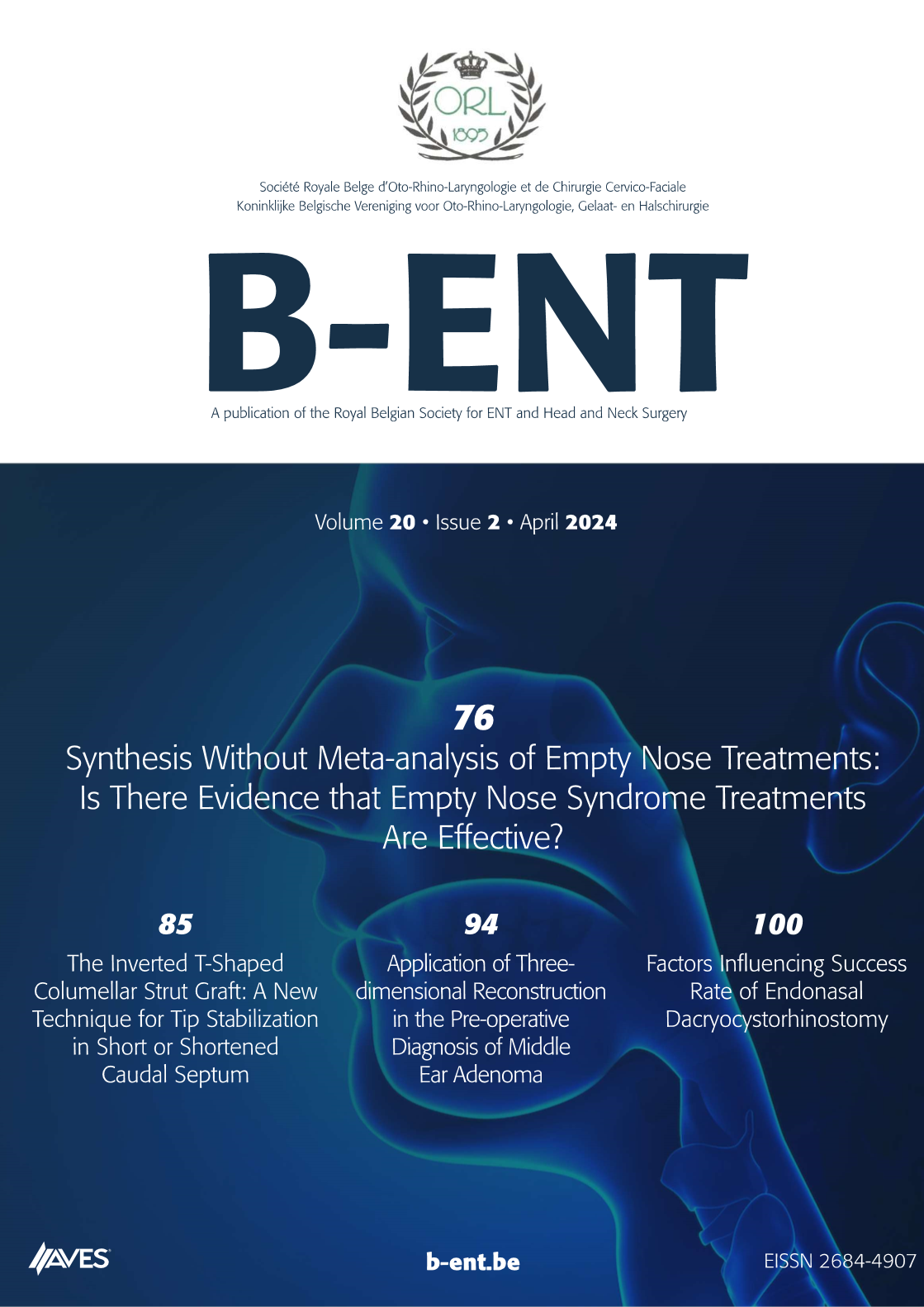Necrotizing external otitis: a case series. Objectives: Necrotizing (malignant) external otitis (NEO) is a lifethreatening progressive infection of the external auditory canal, mastoid, and skull base. Here, we review the clinical findings for a series of NEO patients.
Methodology: This case review study includes 18 patients with NEO (males: 11 (61.11%), females: 7 (38.88%), with a mean age of 65.11 years (range: 40-79)), hospitalized at Al-Zahra hospital in Isfahan province, Iran, during 2007-2011.
Results: The most common presentations were otalgia 18 (100%), otorrhea 15 (83.33%), edema and erythema of the external ear canal 14 (77.77%), and hearing loss 11 (61.11%). We found osteomyelitis of the skull base that involved cranial nerves (most commonly the facial nerve) in 8 patients (44.44%), which seemed to be a higher incidence than reported in previous studies. Pseudomonas aeruginosa was found in ear specimen cultures in only 7 cases (38.88%), which could be attributed to inappropriate topical and oral use of antipseudomonal agents before proper diagnosis. Nine patients underwent surgical debridement. All cases responded to systemic antipseudomonal antibiotics with no mortality. However, recurrence occurred during the follow-up period in two cases; yet, the patients responded to retreatment.
Conclusion: The life expectancy is increasing for diabetic and immunocompromised patients; thus, it is necessary to identify those who have a high risk for NEO, especially older diabetic patients who complain of otalgia and otorrhea that are resistant to routine treatment. Immediate diagnosis and proper treatment is crucial to prevent complications and mortality.



.png)
